Symbolic Foods That Tell Stories of Heritage and Tradition
Throughout history, food has been more than nourishment—it has carried powerful stories of heritage, identity, and tradition. Across cultures, certain dishes and ingredients hold deep symbolic meaning, representing themes like renewal, sacrifice, unity, and gratitude. These foods bridge the everyday and the ceremonial, offering a window into the values and customs that shape communities around the world.
1. Matzo (Judaism)
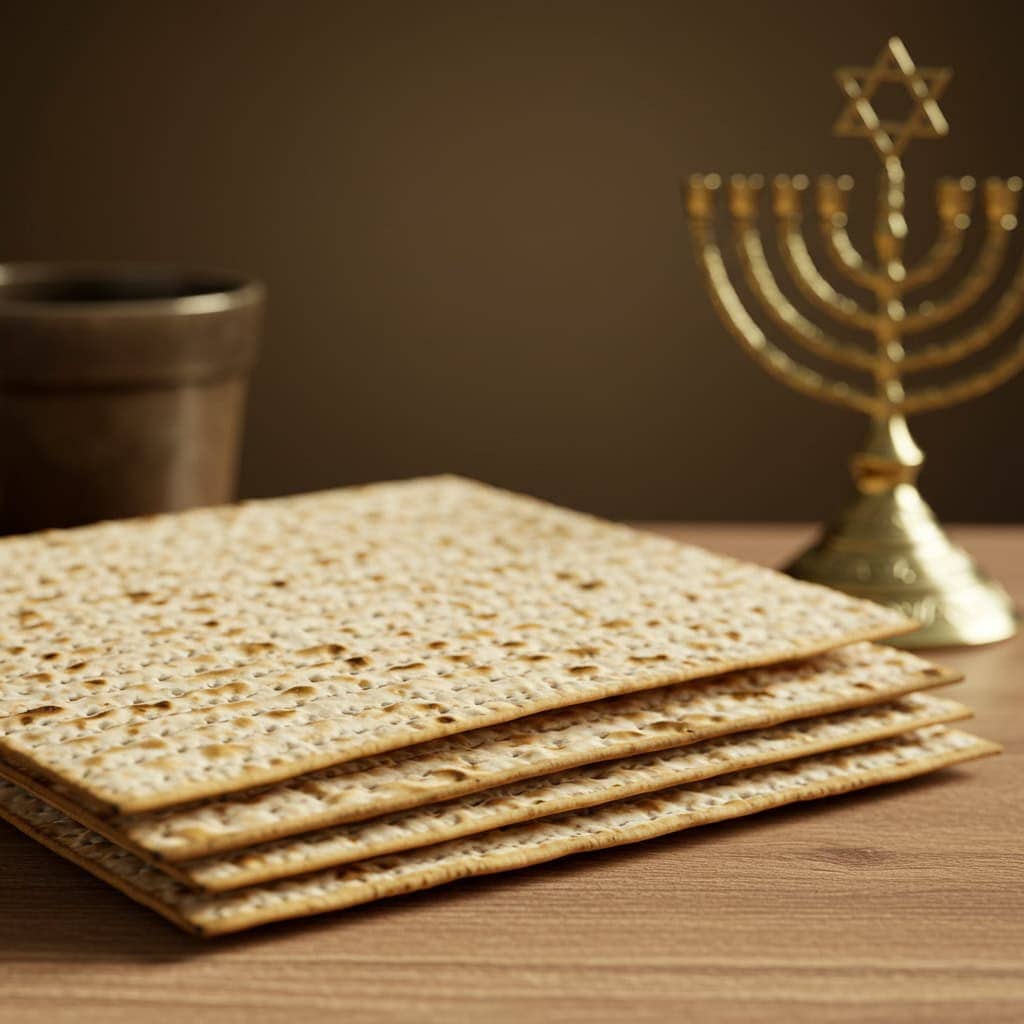
Matzo is unleavened bread eaten during Passover, symbolizing the haste of the Israelites’ exodus from Egypt when they had no time to let bread rise. Its simplicity embodies humility and remembrance of hardship. While similar unleavened breads appear in other faiths, matzo remains central to Jewish identity and tradition.
2. Dates (Islam)
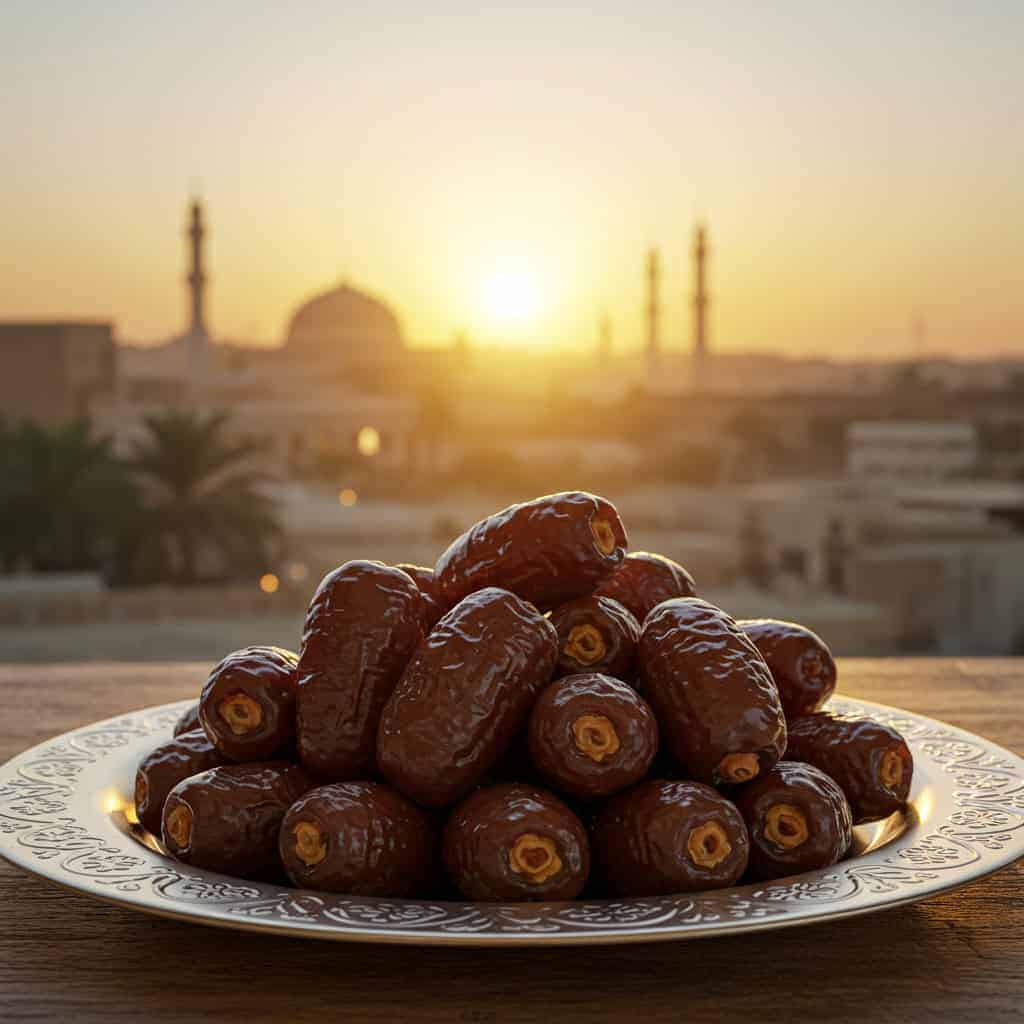
Dates are traditionally eaten to break the daily fast during Ramadan, echoing the Prophet Muhammad’s practice. Symbolizing sustenance, gratitude, and the sweetness of faith, dates are integral to Islamic ritual meals. While dates also feature in other Middle Eastern traditions, their role in Ramadan is especially significant for Muslims.
3. Eucharist Bread and Wine (Christianity)

Bread and wine in Christian Eucharist represent the body and blood of Christ, reflecting Jesus’ Last Supper with his disciples. Consuming these elements is a core sacrament, signifying redemption, unity, and remembrance. While similar symbolic meals occur in other faiths, the Eucharist is uniquely central to Christian worship, shaping liturgy and community.
4. Prasadam (Hinduism)
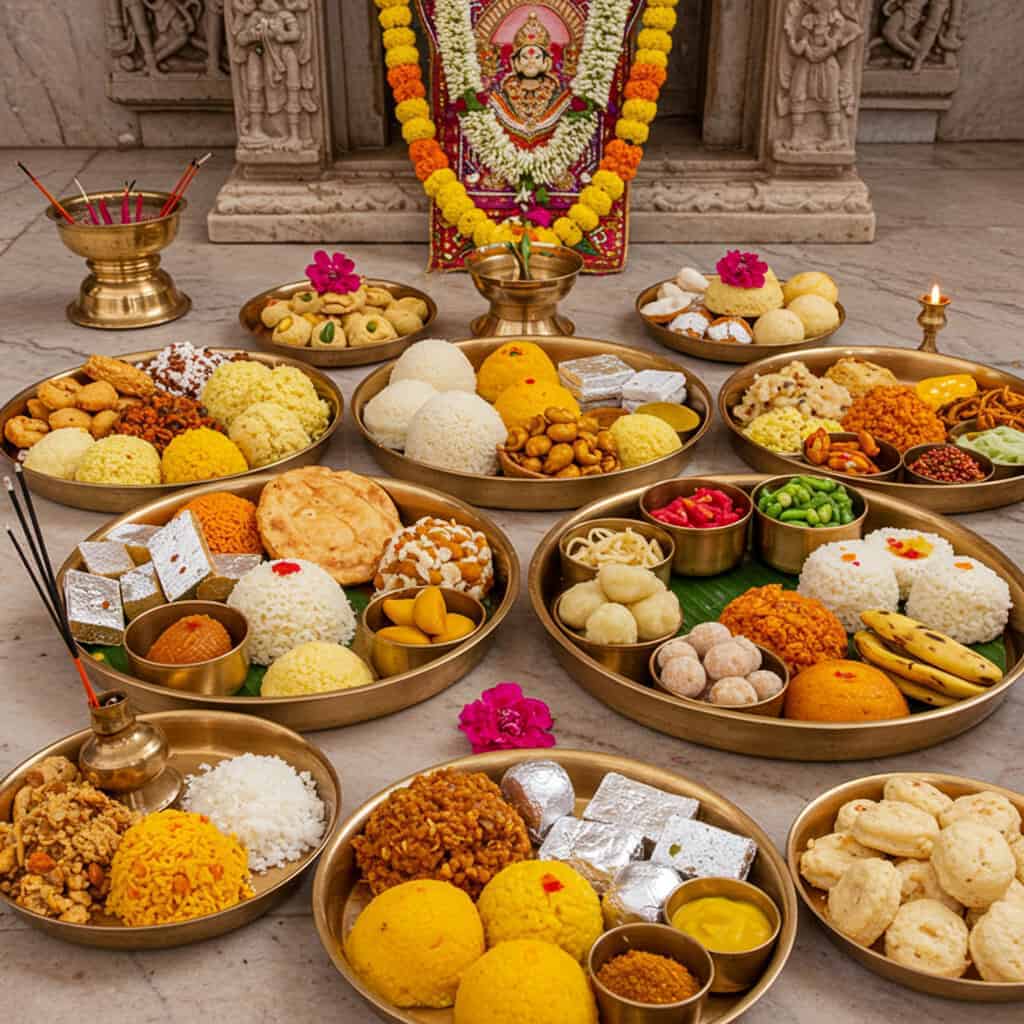
Prasadam is food offered to Hindu deities during worship and then distributed to devotees. It symbolizes divine blessings, the removal of ego, and communal sharing. Prasadam may be sweets, fruits, or full meals, each associated with specific festivals or gods. While comparable offerings exist in Buddhism and Sikhism, prasadam’s ritual significance is unique to Hindu practice.
5. Koliva (Eastern Orthodoxy)
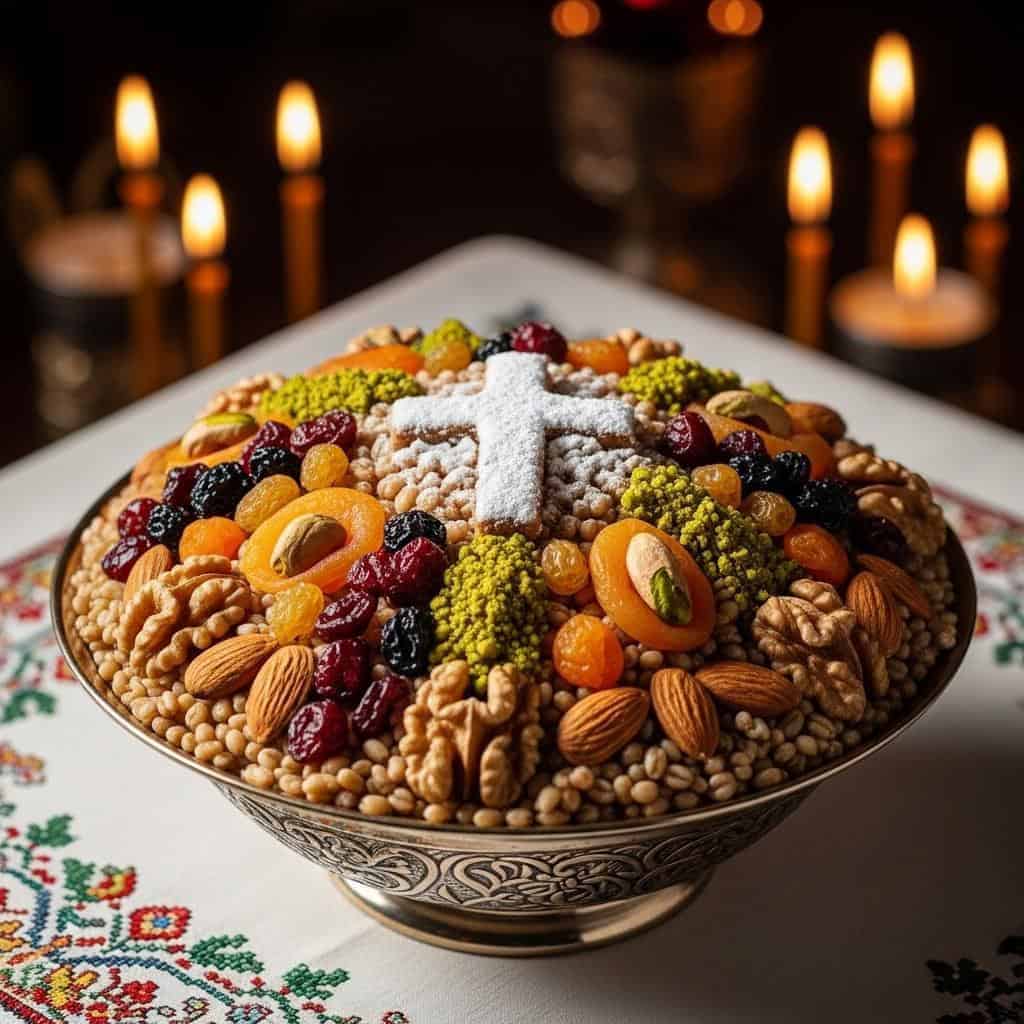
Koliva is a boiled wheat dish used in Eastern Orthodox memorial services, symbolizing resurrection and eternal life. The wheat recalls Christ’s teaching about new life springing from a grain buried in the earth. While similar memorial foods appear in other cultures, koliva remains an enduring part of Orthodox Christian remembrance rituals.
6. Sikha (Sikh Langar)
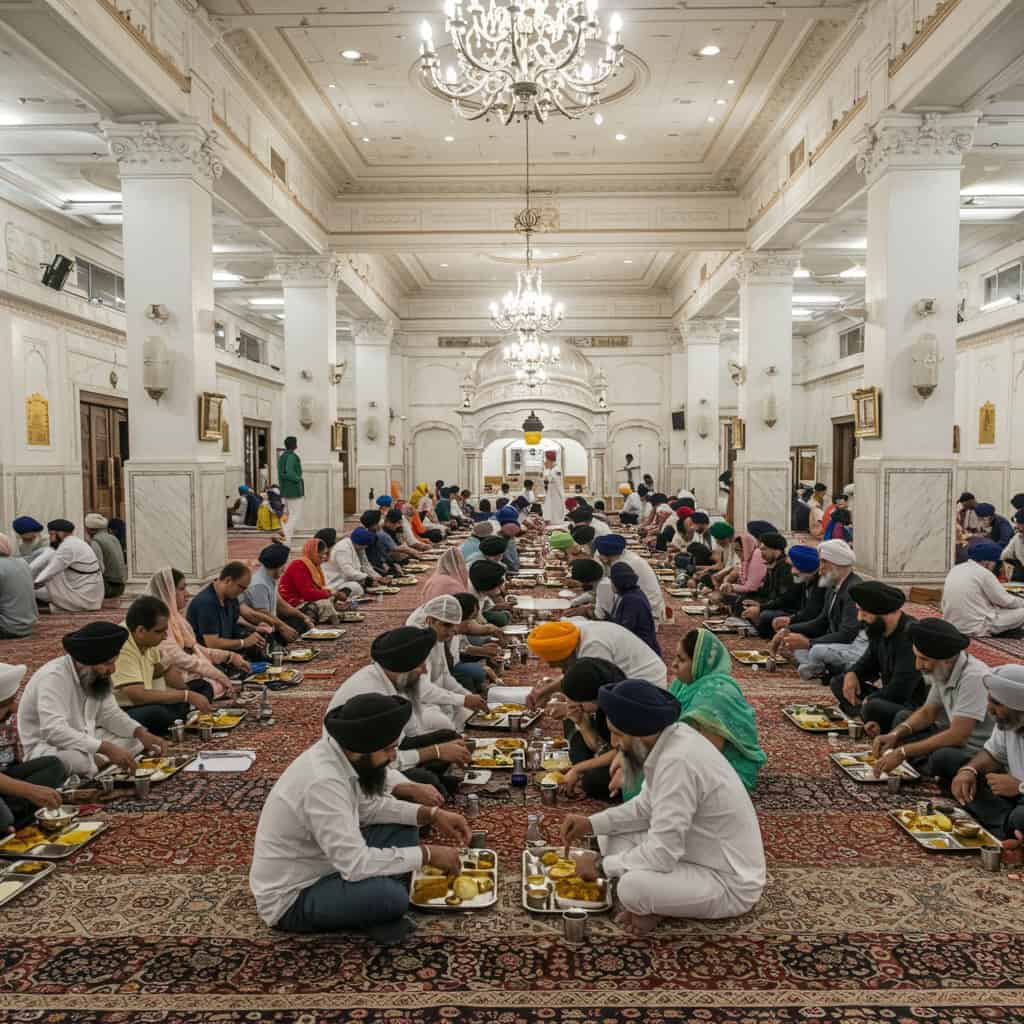
Langar is the communal meal served in Sikh gurdwaras, emphasizing equality, service, and humility. The simple vegetarian dishes symbolize unity and the rejection of caste distinctions. While communal meals are found in other religions, langar’s open-door policy and focus on service make it unique.
7. Seder Plate (Judaism)
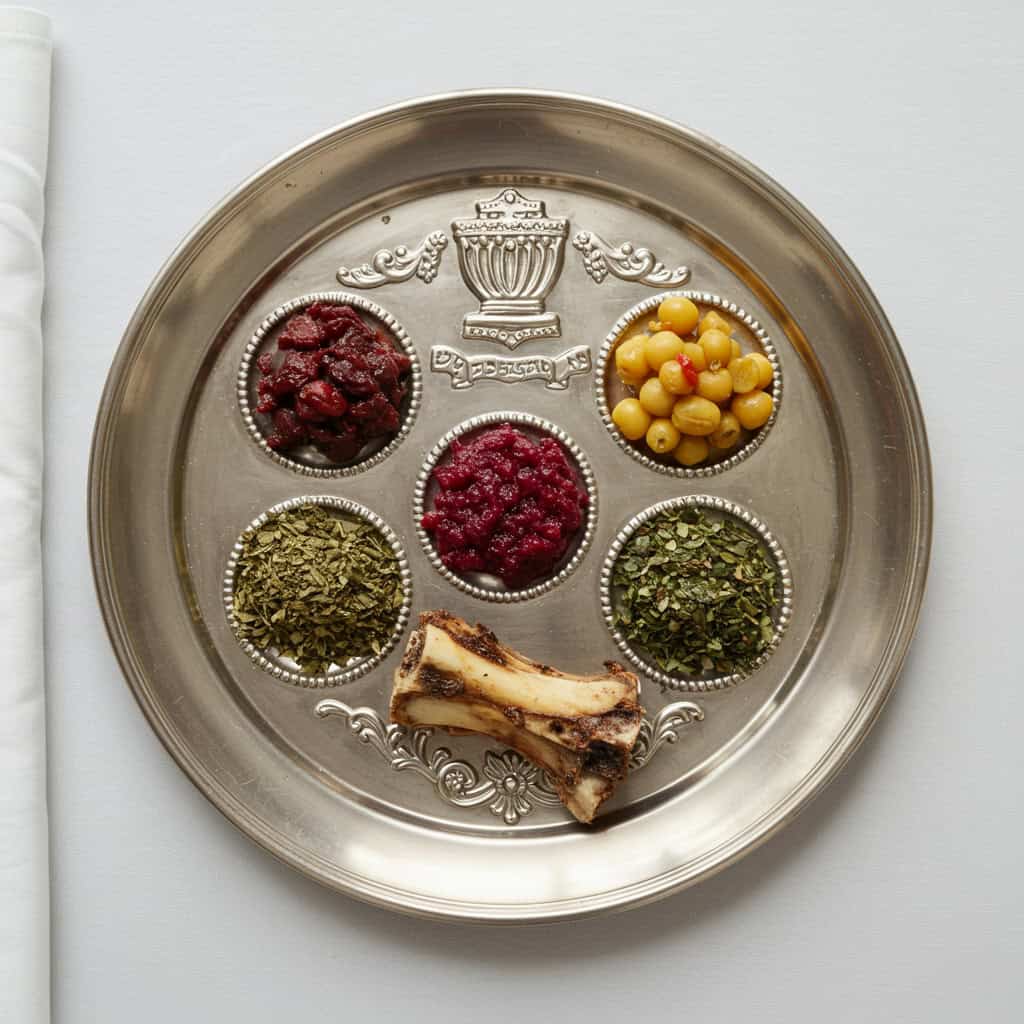
The Seder plate, central to Passover, holds symbolic foods like bitter herbs, charoset, and a roasted bone, each representing aspects of the Exodus story. These foods help participants relive the Israelites’ journey from slavery to freedom, reinforcing the themes of remembrance and liberation. While ritual plates are found in other traditions, the Seder plate’s intricate layers of meaning are distinctive to Jewish practice.
8. Halal Meat (Islam)

Halal meat is prepared according to specific guidelines emphasizing cleanliness, compassion, and gratitude. Consuming halal is an act of worship and obedience in Islam, reflecting mindfulness about sustenance and respect for life. While dietary laws exist in many religions, halal’s spiritual significance is integral to Muslim identity and daily practice.
9. Modak (Hinduism)
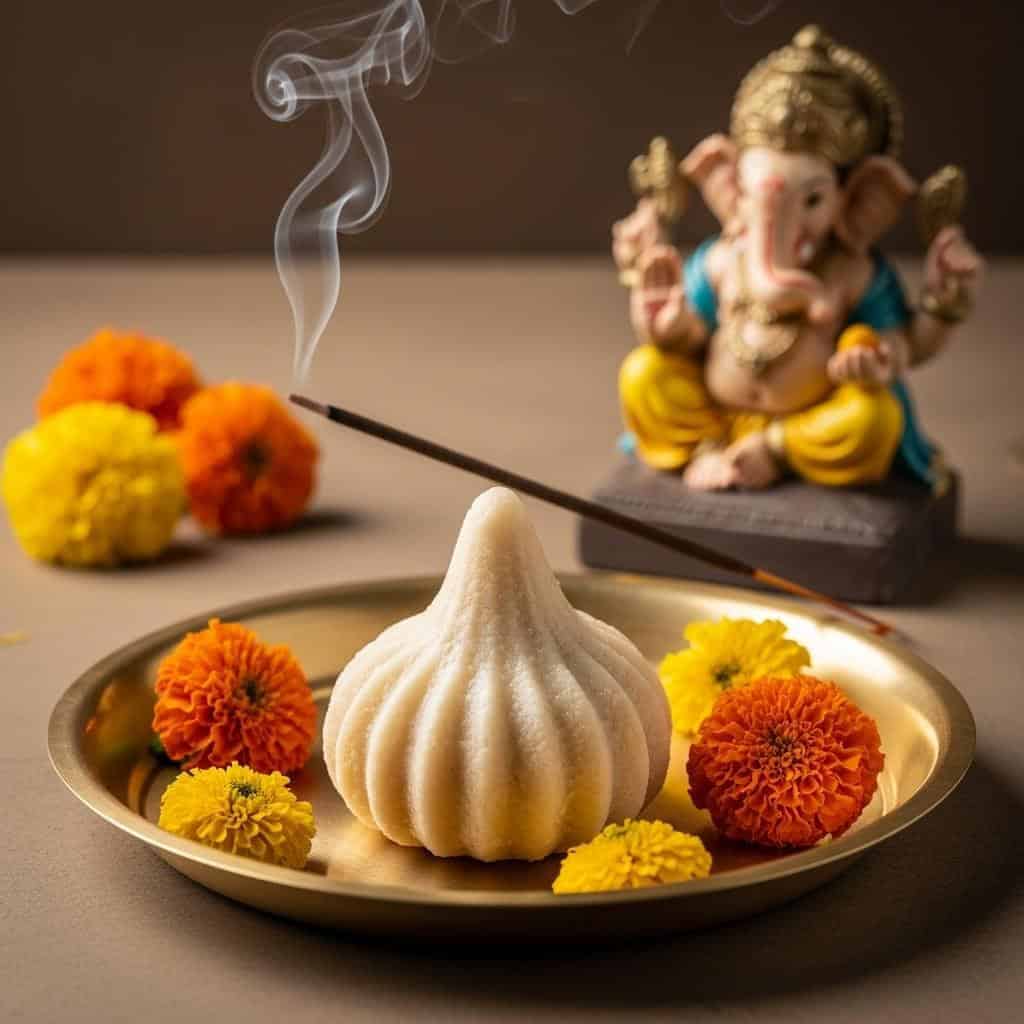
Modak, a sweet dumpling, is closely associated with Lord Ganesha, symbolizing wisdom and spiritual knowledge. Offered especially during Ganesh Chaturthi, modak represents the rewards of devotion and the sweetness of faith. While variations of ritual sweets exist across cultures, modak’s special link to Ganesha is unique in Hindu tradition.
10. Hot Cross Buns (Christianity)
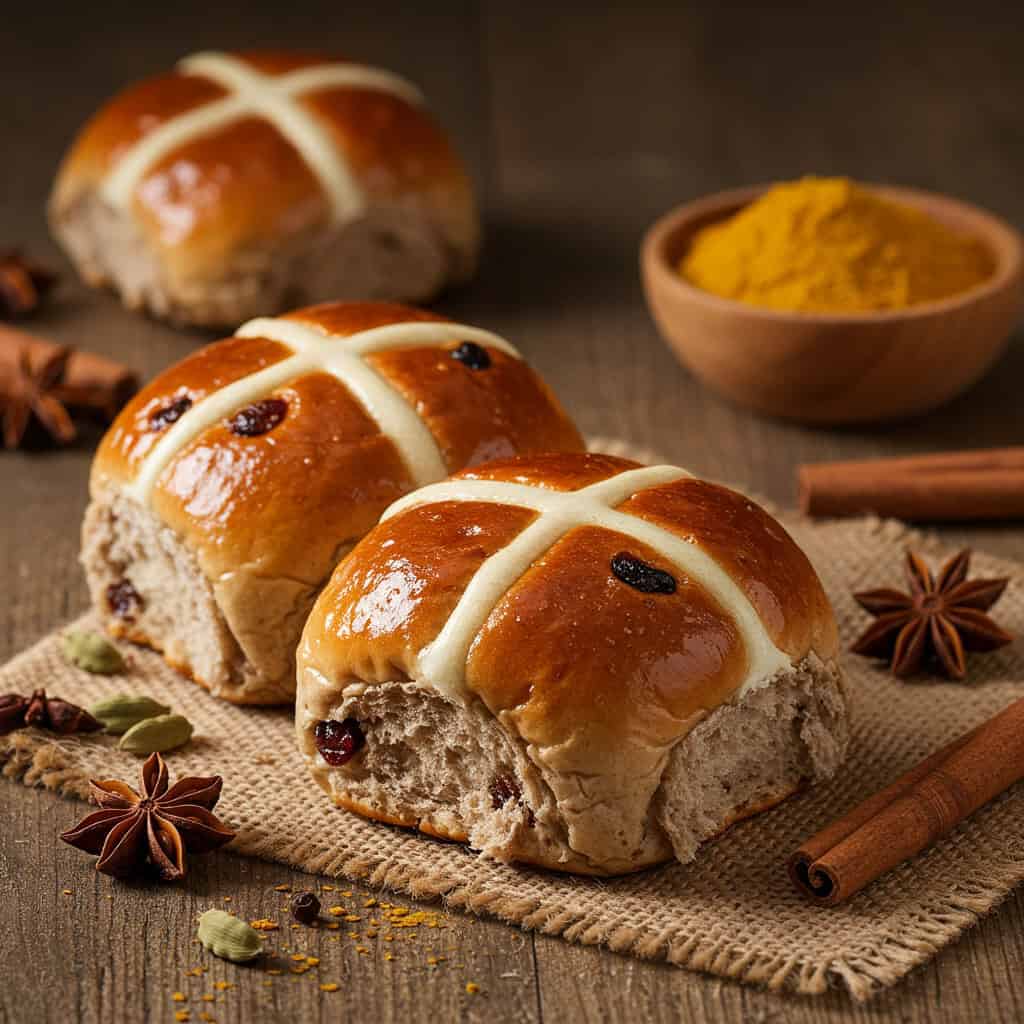
Hot Cross Buns, marked with a cross, are traditionally eaten on Good Friday. The cross symbolizes Christ’s crucifixion, while the spices are said to represent the embalming of Jesus’ body. Though similar ritual breads are found in other cultures, hot cross buns remain a beloved staple of Christian Lenten and Easter observances.
11. Mahaprasad (Jagannath Puri, Hinduism)
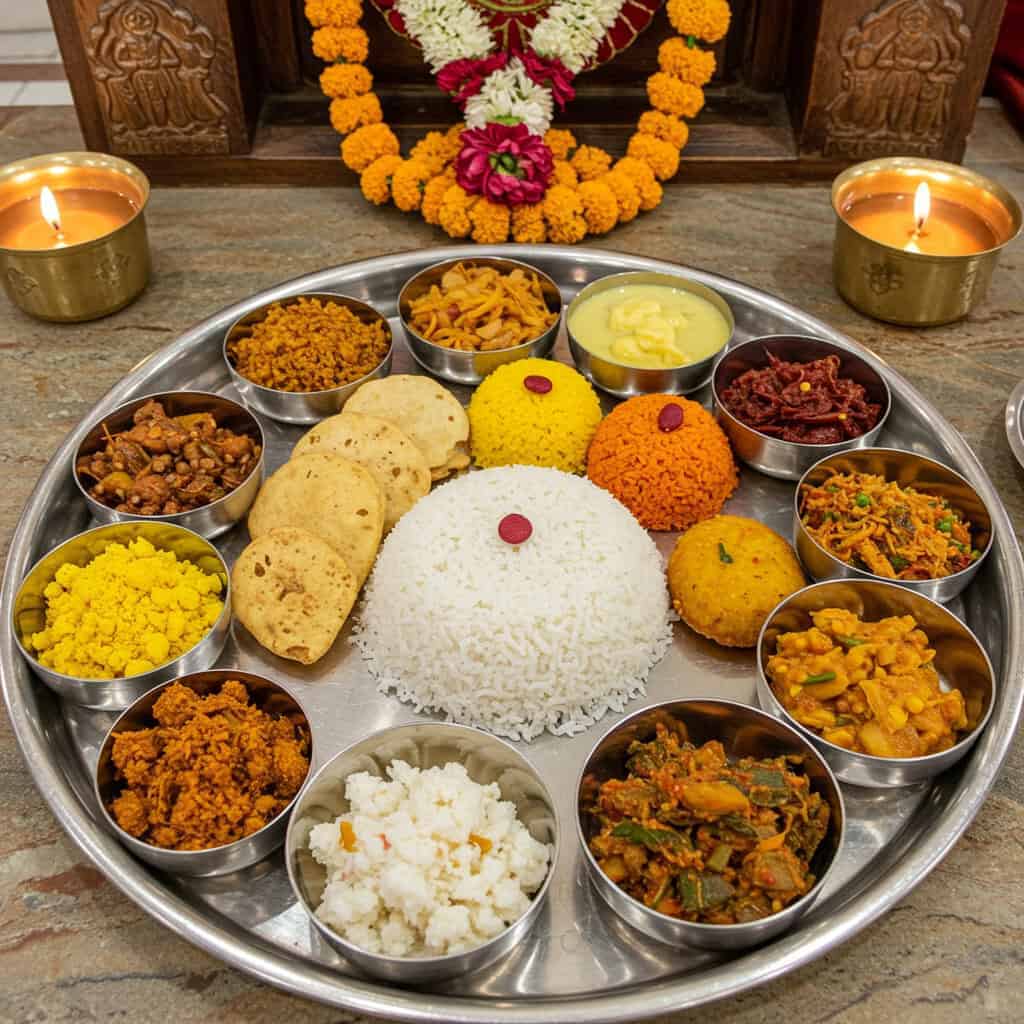
Mahaprasad is the sacred food offered at the Jagannath Temple in Puri and later shared among devotees. It signifies divine unity and the breaking of social barriers, as people of all castes and backgrounds partake together. While temple offerings are common in Hinduism, Mahaprasad’s communal and inclusive aspect is especially revered.
12. Khorovats (Armenian Christianity)

Khorovats, Armenian grilled meat, is often served during religious feasts like Easter, symbolizing celebration and the resurrection. Shared with family and community, it reflects hospitality, gratitude, and unity. While many cultures feature festive meats, khorovats holds a special place in Armenian Christian identity and tradition.
Conclusion
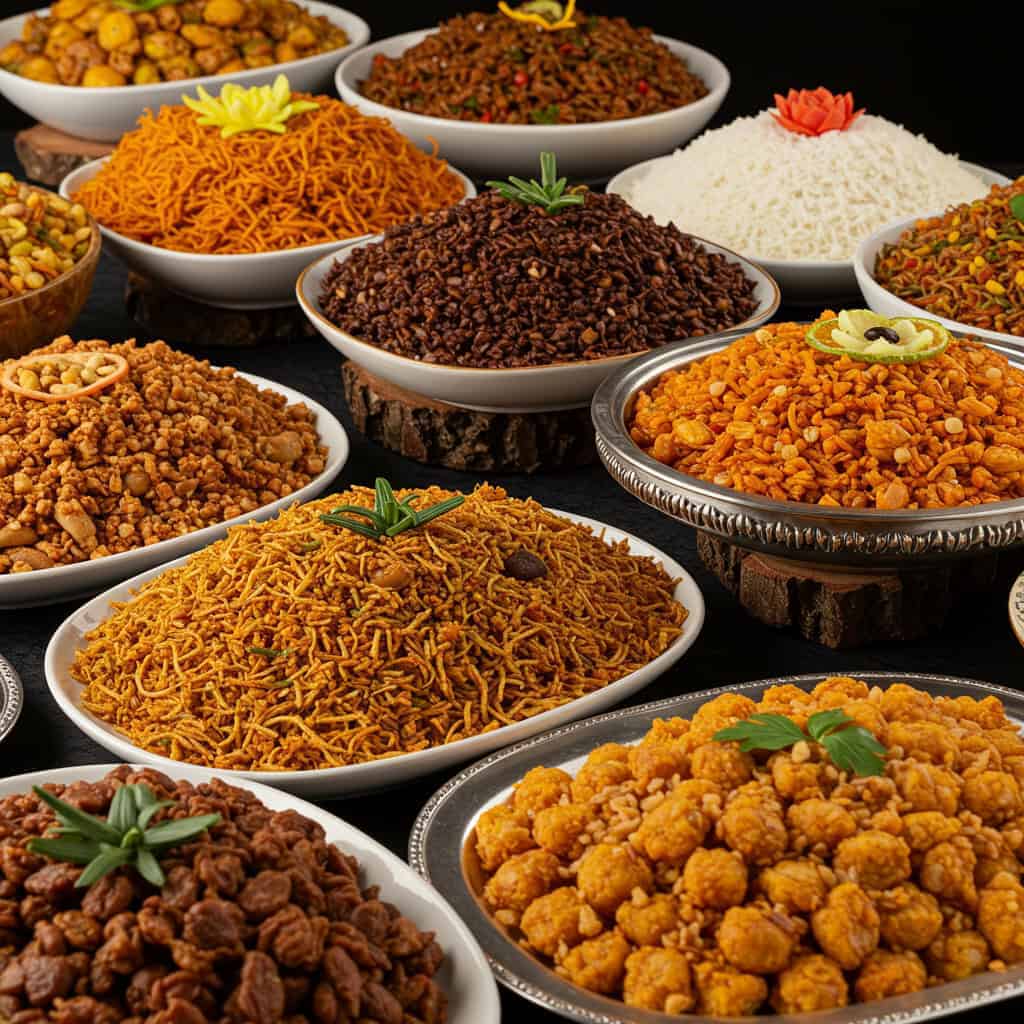
Sacred foods enrich religious rituals and bring meaning to communal gatherings, offering a window into the spiritual life of diverse cultures. Whether simple or elaborate, each dish carries a legacy of faith, memory, and celebration that transcends mere sustenance. Exploring these symbolic foods deepens understanding of both shared human experience and cherished religious distinctions.
.article-content-img img { width: 100% }




